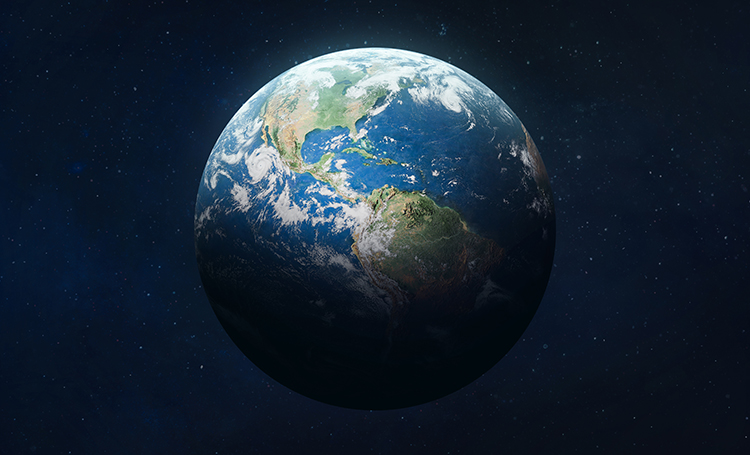
“Can animal agriculture come together to save the planet?” It’s a daunting question to ask. Our current food system continues to be a hot topic of discussion by world leaders, policymakers, organizations, and everyday consumers. It seems to be a widely held belief that our food system is “broken.” However, Jack Bobo, CEO of Futurity, a food foresight company, asks, “If the food system is broken, when was it not broken?” At the Animal Agriculture Alliance’s 2022 Stakeholders Summit in May, Bobo considered the state of our food system and what its future might look like.
Roughly nine million people die every year from hunger, according to Bobo, which is likely what causes many to believe that the food system is “broken.” The truth: less people are malnourished and dying from hunger today than ever before. “Things are not bad and getting worse; things are good and getting better – just not fast enough,” says Bobo. The sustainability of our food system – which includes stewardship of our environment and its ability to feed and nourish a growing population is a continuous journey, not a destination.
When it comes to the environment, Bobo says agriculture is more sustainable than ever before. He argues that most of the negative impacts we’re seeing related to the environment and our food system stems more from increased demand than seemingly “negative” agricultural practices being used. In fact, advancements and innovation in modern agriculture allow farmers and ranchers to grow and raise more food using fewer resources! Bobo went so far as to say that with current practices, we will accomplish two-thirds of our 2050 sustainability goals. Future advancements and innovation will help us to reach the final one-third.
However, one of the largest obstacles we face when it comes to improvements in modern agriculture is consumer acceptance of new (and sometimes higher-tech) practices. This is why it’s so important that everyone involved in agriculture – from farm to fork – is engaging with people about what we do and why. Social media isn’t the only way to share those stories. It can be as simple as having a conversation with someone at the grocery store, a neighbor, or a friend. Bobo offered five recommendations for communicating with others about agriculture:
1. Move the conversation from “should” to “could.” It’s not what we “should” do in agriculture; it’s what we “could” do.
2. Remember there are no perfect solutions, only trade-offs.
3. Understand things are getting better, just not fast enough.
4. Tell your personal story to build trust.
5. Know that it’s not just what you communicate that matters. It’s also how you communicate.
Bottom line: if we get it right, agriculture can save the planet – but that depends on consumer confidence and acceptance of our food system and more modern agricultural practices. To watch Bobo’s full presentation or other select sessions from the 2022 Summit, visit https://bit.ly/3AqAE5R.

Emily Solis is the manager of communications and content at the Animal Agriculture Alliance. In her role, she works to execute the Alliance’s issues management and communications strategy.








